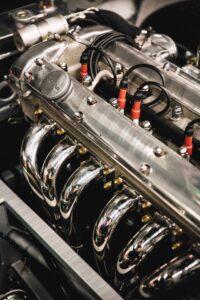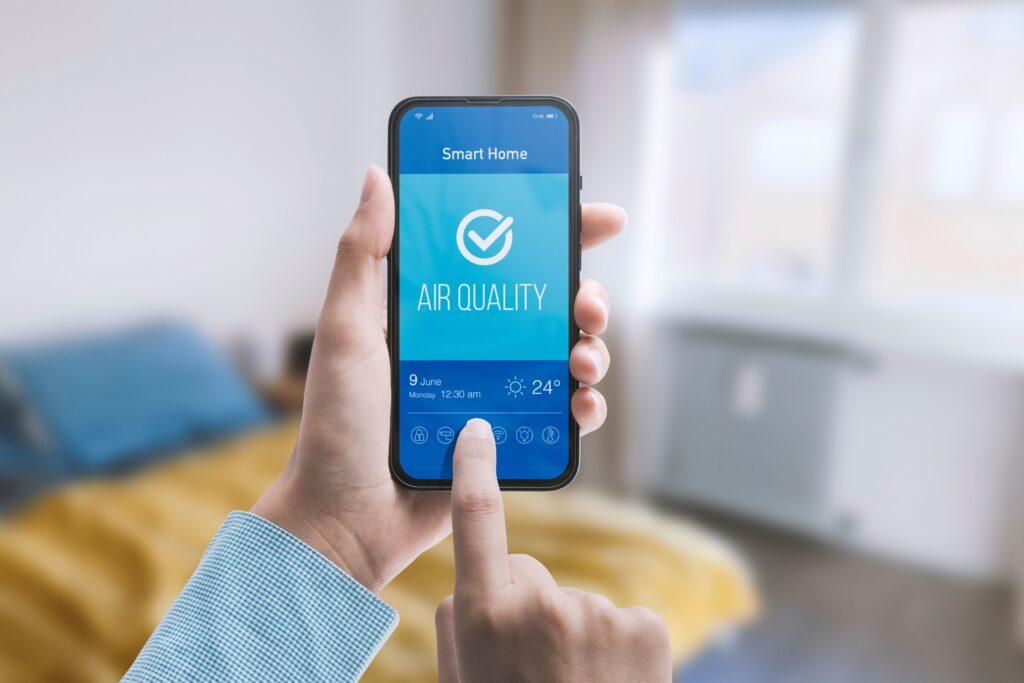Have you ever wondered how to measure the invisible? In a world saturated with technology, capturing the characteristics of the air that surrounds us remains a fascinating challenge. This article delves into the exciting realm of air measurement, starting with the cornerstone – the air velocity sensor – and extending to its groundbreaking applications. We stand on the brink of an era where air measurement is no longer just a scientific curiosity but an integral part of our daily lives.
Whisper of the Wind: The Air Velocity Sensor
At the heart of this technological advancement lies the air velocity sensor. A seemingly modest yet powerful instrument designed to measure air velocity. These devices are essential in various fields, from building climate control to vehicle optimization. The air velocity sensor acts as our eyes in a world otherwise invisible to us, enabling precise data collection about our surroundings and informed decision-making based on this data.
Innovation Meets Environment: The Impact of the Air Velocity Sensor
The impact of airflow sensors on environmental conservation is profound and growing. These devices are not just tools for measurement; they are catalysts for change. In industries ranging from renewable energy to urban planning, air verlocity sensors are instrumental in reducing carbon footprints and promoting sustainable practices. For instance, in wind farms, precise air velocity measurements lead to optimal turbine placement and efficiency, harnessing nature’s power more effectively. In urban landscapes, these sensors contribute to smarter, cleaner cities by monitoring pollution levels and informing policy decisions.
 Empowering the Future: Airflow Sensors in Emerging Technologies
Empowering the Future: Airflow Sensors in Emerging Technologies
As we march into a future teeming with technological advancements, the role of airflow sensors becomes increasingly critical. These sensors are pivotal in the development of cutting-edge technologies like autonomous vehicles and drones. Where air measurement is crucial for safe navigation and operation. In the realm of healthcare, airflow sensors are being integrated into advanced respiratory equipment, offering more accurate and responsive care to patients.
Furthermore, in the burgeoning field of smart home technology, these sensors enhance living environments by optimizing air circulation and quality, contributing to healthier and more energy-efficient homes. This expansion of airflow sensor applications not only showcases their versatility but also highlights their importance as a foundational component in the technological evolution shaping our future.
Beyond Measurement: Everyday Applications
The applications of airflow sensors extend far beyond the laboratory. In modern living and working spaces, they play a crucial role in air quality and energy efficiency. They are the unseen heroes within ventilation systems, creating comfortable environments for us. In transportation, they provide invaluable services by helping to improve vehicle aerodynamics, thereby enhancing fuel efficiency.
The Future of Air Measurement
Looking ahead, we envision a world where air measurement plays an even more significant role. With advancing technology and an increasing need for eco-friendly solutions, the airflow sensor becomes an indispensable tool. From smart cities monitoring their air quality to advanced climate control systems in our homes – the possibilities are endless. In this dynamic field, innovation and research are key to a more sustainable and conscious future.
Photo Credit:
Stock.adobe.com – stokkete
Pexels.com – Markus Spiske
